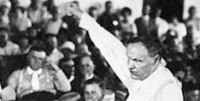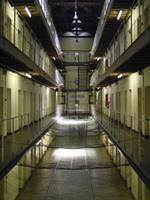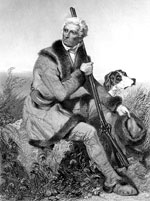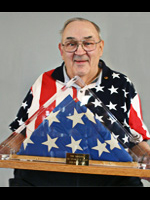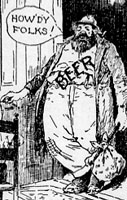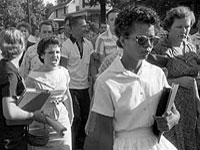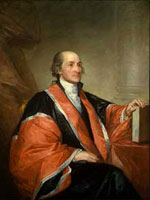Reading for Context
This video shows a student thinking-aloud while reading a headnote to an excerpt from Bayard Rustin's diary. In this 58-second reading, the student puzzles through the motives of civil rights leaders, who were concerned that Rustin—a gay Communist—would undermine the movement. He identifies the importance of context in his reading, noting that "this was during a great fear of Communists in America" and that if the movement was aligned with Communists, "it would lose a lot of support." The accompanying written commentary highlights the importance of contextualization, which the student uses to better understand a world in which civil rights activists would exclude someone who was different. Find the document the student reads here.
